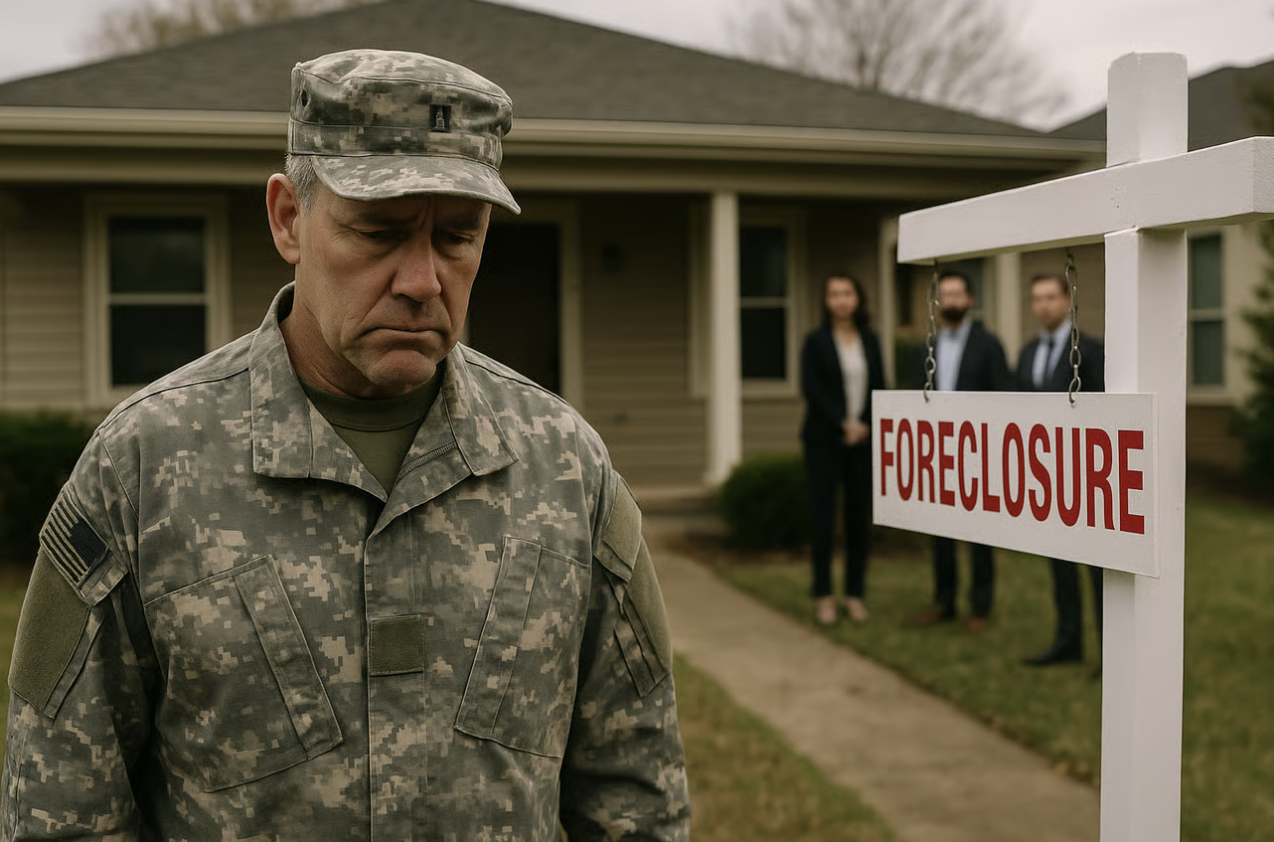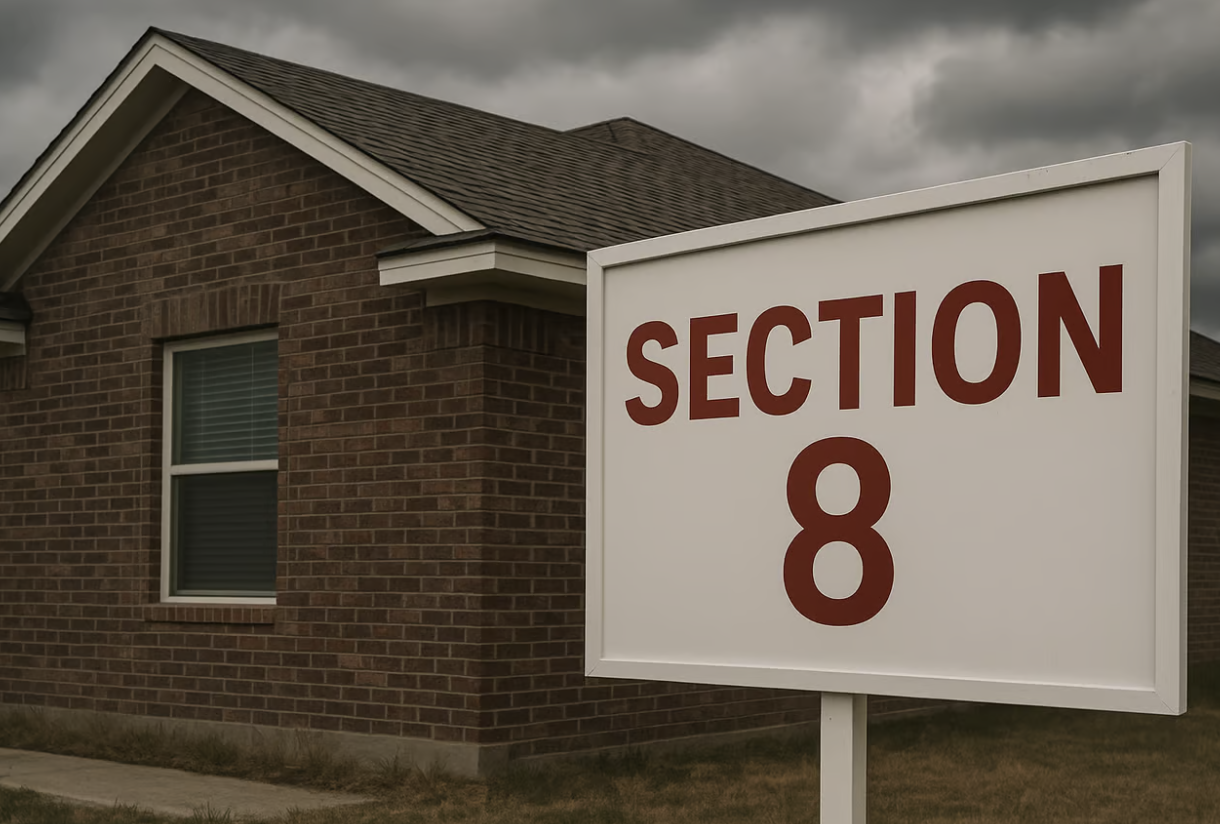




1 big thing: Converting brown buildings green

A recent study reports that about 11% of “brown” office buildings could be converted cost-effectively to affordable “green” housing thanks to COVID-19 and the Inflation Reduction Act.
Why it matters: If true, it could solve two problems: a lack of affordable housing and the negative feedback loop many urban cores face.
By the numbers: Some estimate that the housing shortage in the U.S. is as high as 6.5 million homes.
Housing shortages are most acute in urban areas.
Spending 30% of income on rent is the new normal.
According to the report, average rents increased 43% between March 2015 and April 2023, while personal income growth was up only 34%.
As we wrote back in June, commercial real estate occupancy rates and rents are down, with the potential for a default crisis in many metro areas.
Renovation of Class B/C office buildings to residential use requires 50-75% fewer carbon emissions than building new housing.
State of play: The pandemic drove workers from daily office building occupancy to remote and hybrid work. This has depressed the office buildings’ values and their sales prices, making them attractive for market-rate housing renovations.
The Inflation Reduction Act created tax incentives to encourage using green, energy-conserving technologies in new construction.
Part of that is the EPA’s $27 billion Greenhouse Gas Reduction Fund that must be spent by September 2024.
The report used an example of a conversion project where a subsidy of $40 per square foot helped make the project green and affordable for renters.
Unfortunately, other such conversions from office to residential or mixed-use have created buildings where the newly-created housing is definitely not “affordable.”
The bottom line: The report clarifies that cities must think creatively to permit such brown office conversions to green residential uses quickly.
Coupling local creativity with state regulations like Florida’s new “Live Local Act,” and funds from the Inflation Reduction Act could go a long way toward closing the gap for affordable housing in urban areas.
2. It’s risky to buy a property with a tenant

Buyers are so happy to find an affordable property they’re closing on while a tenant’s lease is still in place, inheriting that tenant from the seller.
Why it matters: Depending on the tenant, the buyer’s new journey with them can be happy or disastrous. The key is paperwork details.
If the tenant is the seller who wants to remain in the property after closing for a short period of time until they can move into their new home:
The parties should have a “post-occupancy” agreement that spells out which party is responsible for what repairs after closing.
The agreement should detail the seller’s payments to the buyer for the privilege of remaining in the home.
It must clarify who will pay the HOA dues, utilities, and lawn or pool maintenance.
The buyer should obtain a landlord policy, while the seller should switch to a tenant contents coverage policy for hazard and liability insurance.
Finally, if the buyer is obtaining bank financing, they should ensure that the term of the seller’s stay isn’t so long that it classifies the purchase as an investment purchase rather than a primary residence.
If the tenant is “inherited” from the seller, the buyer should not only review the lease between the seller and the tenant but should also try to speak with the tenant to verify the lease terms.
Check court records to see if there is any history of litigation with the tenant.
If possible, buyers should purchase the property inside of a land trust at least until the tenancy ends. If the tenant is litigious, they’ll name the trust as a defendant rather than the buyer.
Review the property management agreement, if there is one, to determine whether it comes with the property (tenant) or not.
Watch out for short-term leases if the property has been listed on Airbnb or other short-term rental site. Clients have been stuck with properties subject to months’ worth of future bookings and onerous property management agreements.
The bottom line: While most purchases with tenants in place after closing go off without a hitch, we’ve seen our share of disasters that could have been avoided by having a lawyer review and draft the paperwork before closing.
State of play: Florida’s notice provisions relating to terminating tenancies changed last month, which could catch new buyer-landlords off guard.
3. Catch up fast

Eight-five percent of newlyweds who created a wedding registry in the past two years have said they would have preferred to receive cash toward the downpayment on a new home rather than blenders, toasters, and silverware. Axios
Housing affordability is the lowest it’s been in nearly 40 years with high interest rates pushing buyers away. Buyers with low credit scores are seeing mortgage quotes that start with an “8.” Bloomberg
This is probably why 82% of those asked said that this is a bad time to buy a home, according to Fannie Mae. MarketWatch
However, in these 10 areas, housing prices are expected to drop by 5% or more over the next decade. Go Banking Rates
Florida’s teachers, whos pay ranks 48th lowest in the U.S., are unable to afford housing close to the schools where they work, exacerbating Florida’s teacher shortage. Axios
While chances of a recession are dissipating, we might be in the middle of a “richcession.” CNBC
In July, foreclosure filings were down (for the first time in three months) 9% from June, but up 5% from last July. The Title Report
4. Pic of the day

I’m in Richmond, Virginia, for the last part of the week and weekend. Richmond is known for its numerous water towers and reservoirs. Although it sits on the James River, the water must be treated and stored throughout the area before it can end up in homes.
Richmonders have a love-hate relationship with the James River. The city got its name because its view of the river from the city is similar to the view of the Thames from Richmond Hill in England.
It makes Richmond the only city with urban class IV rapids running through it.
Homes and condos along its banks are coveted for their views and sounds of the rapids.
Yes, but: in 1972, it flooded the city when Hurricane Agnes swelled it to 36.51 feet, destroying much of the lower part of downtown Richmond.
Much like Hurricanes Floyd and Ian, Agnes is known more for its flooding rain than for its winds.
It caused over $3.1 billion in damages and 117 deaths as it trekked from the Yucatan Peninsula northward across the Florida panhandle, then back out to the Atlantic and back west across Virginia, Pennsylvania, and New York before dying in Canada.
A giant flood wall with locks was constructed to protect the lower section of the city, and it is odd to observe the condominium and office high rises on the river side of the wall, knowing that — someday — they could flood again.
Go deeper: UVA Disasters
We hope you found this helpful — any feedback is appreciated and can be shared by hitting reply or using the feedback feature below.
Was this email forwarded to you? Subscribe here.
Have an idea or issue to share? Email us.
Follow MyLandTrustee and Joseph E Seagle PA on LinkedIN,
Be on the lookout for our next issue!



